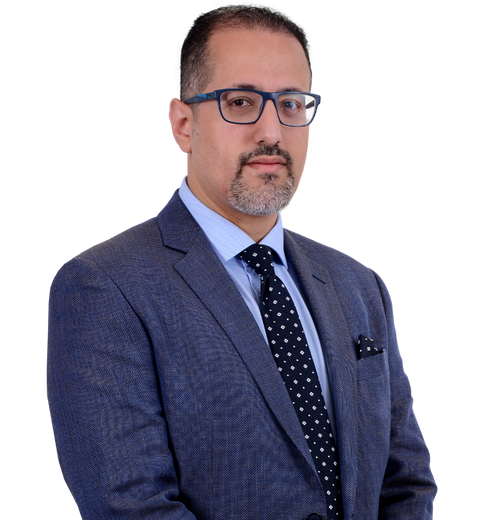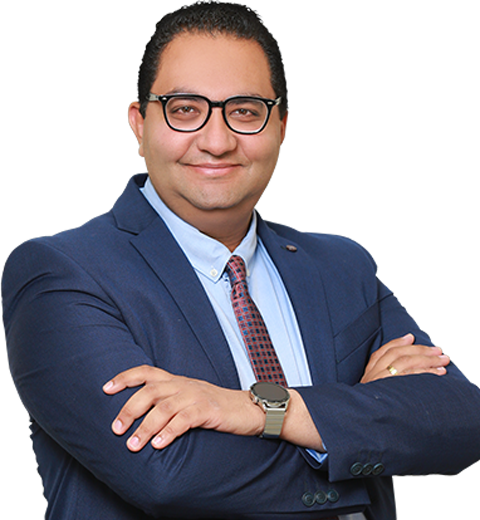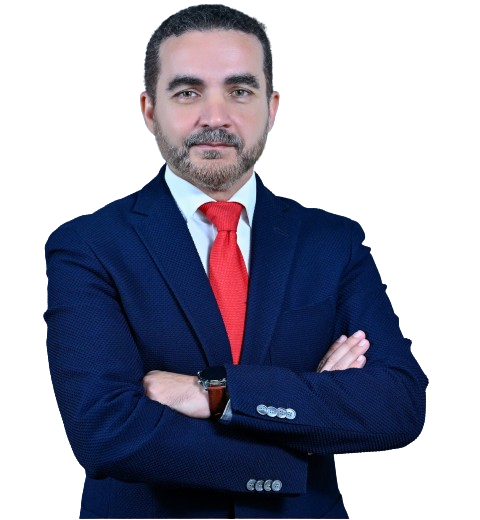As the UAE experiences a surge in mosquito activity following the recent heavy rain, it’s crucial to be informed about how to manage mosquito bites effectively. These tiny insects can not only cause discomfort but also carry the risk of diseases. In this blog, we’ll delve into the medical aspects of mosquito bites, addressing how to alleviate symptoms and prevent complications.
The Risks of Mosquito Bites in the UAE
Mosquitoes are known vectors for various diseases, including Dengue fever, Malaria, and West Nile virus. While the prevalence of these diseases in the UAE is relatively low, it’s essential to remain vigilant, especially after the heavy rainfall that often leads to increased mosquito breeding.
Identifying Mosquito Bites
Mosquito bites typically present as small, red, itchy bumps on the skin. The itching sensation is a result of the body’s immune response to proteins in the mosquito’s saliva. Additionally, some individuals may experience mild swelling around the bite area.
Treatment and Care for Mosquito Bites
- Cleaning the Bite Area: After being bitten, gently wash the affected area with soap and water to reduce the risk of infection.
- Relieving Itchiness: Avoid scratching the bite, as it can lead to further irritation and potential infection. Over-the-counter antihistamines or anti-itch creams can help alleviate itching.
- Reducing Swelling: To reduce swelling, apply a cold compress to the affected area or consider using anti-inflammatory creams containing hydrocortisone.
- Preventing Infection: If you notice signs of infection such as increased redness, warmth, or pus, consult a dermatologist promptly.
Preventive Measures against Mosquito Bites
- Use Mosquito Repellents: Choose insect repellents containing DEET, picaridin, or oil of lemon eucalyptus to ward off mosquitoes effectively.
- Wear Protective Clothing: Opt for long sleeves, pants, and socks, especially during peak mosquito activity times, such as dawn and dusk.
- Ensure Proper Home Protection: Keep windows and doors sealed to prevent mosquitoes from entering your living spaces. Consider using mosquito nets or screens.
By following these recommendations, you can safeguard yourself and your loved ones from the nuisance of mosquito bites and reduce the risk of potential complications. Stay informed, stay protected!
































